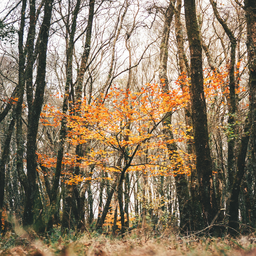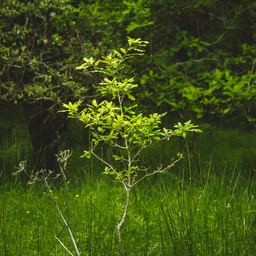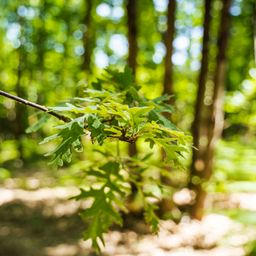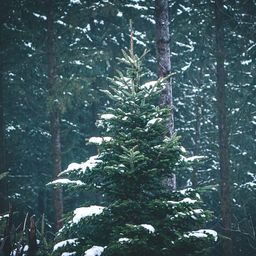
Wild Cherry: its importance, use and symbolism
Wild cherry is a remarkable tree from the Rosaceae family that naturally contributes to biodiversity and has a unique symbolism
Wild cherry
Prunus avium is commonly known as wild cherry but also sometimes goes under the name bird cherry, because its berries are a favoured food of birds. When the birds eat the red berries, that turn dark reed when they're ripe, the birds unknowingly disperse the seeds when they defecate.
Bird cherries are native to Europe, West Asia, and North Africa. In Europe, wild cherries date back to the Neolithic period, as proven by archaeological discoveries.
The flesh of the fruit is sugary, but can be bitter. Wild cherries were harvested throughout the Neolithic and Bronze Ages in Central Europe. From the 4th century BC, cherry trees have been cultivated for their fruit which is still used today to make the liquor Kirsch. Plus, their flowers are very insect-friendly, as bees love the nectar of the flowers.
Why EcoTree plants wild cherry
We plant wild cherry trees as they play an important role for biodiversity in European forest ecosystems. The cherries feed many birds and their flowers provide nectar and pollen to bees in April and May. Their great biological potential means that cherry trees enhance the growth and upkeep of other species. Additionally, they enrich enrich the soil quality by helping the production of humus..
Wild cherry - Overview
Wild cherry - Overview

Wild cherry - Species requirements
Wild cherry thrives when planted in deep, well-structured soil with a basic or slightly acidic pH that's well-drained. They need more than 700 mm of water distributed evenly throughout the year. They can resist extreme cold (down to -30°C), which explains why they are found on low mountains and in lowland forests. However, they don't like sudden temperature changes or extreme heat and sunburns.
Wild cherry is not a pioneer species. They mix well with sessile oak, ash, hornbeam and hazel. They are usually planted in autumn or winter, before the end of February when the first buds begin to open.
Timber from Wild Cherry
The timber from wild cherry trees has always been popular because of its fine, beautifully coloured growth rings that ranges from pinkish-yellow to pinkish-brown. It's been a favourite among cabinetmakers. In the last century, cherrywood furniture was very popular, but has gradually fallen out of fashion.
Timber from cherry trees has a long-lasting quality. It's easy to work with, polish, and shape. In the past, it was used to make stair railings, barrel hoops, ladder posts, and white wine barrels.
Symbolism of the Wild Cherry
In Japan, the Sakura flower (flower from a cherry tree) is a symbol of new beginnings and abundance.
At wedding ceremonies, tea is replaced by an infusion of sakura flowers. You bestow eternal love on newlyweds by offering them a cherry tree. The tree will remind them of a wonderful day, the promises made and the union it celebrates.
Cherry trees are an original wedding gift, it's material proof of commitment and an expression for a love that sets down its roots.
Give a wild cherry tree to celebrate love and contribute to local ecosystems!
Our selection of trees
Our goal is to enable anyone to do something that benefits nature and helps us to live in a more harmonious world. So why not become a tree owner in a European forest and help combat climate change?
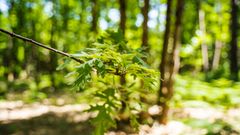

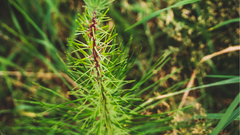

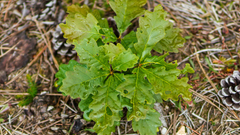

Please note that this is promotional communication. See our notice of information.

